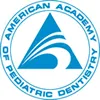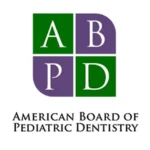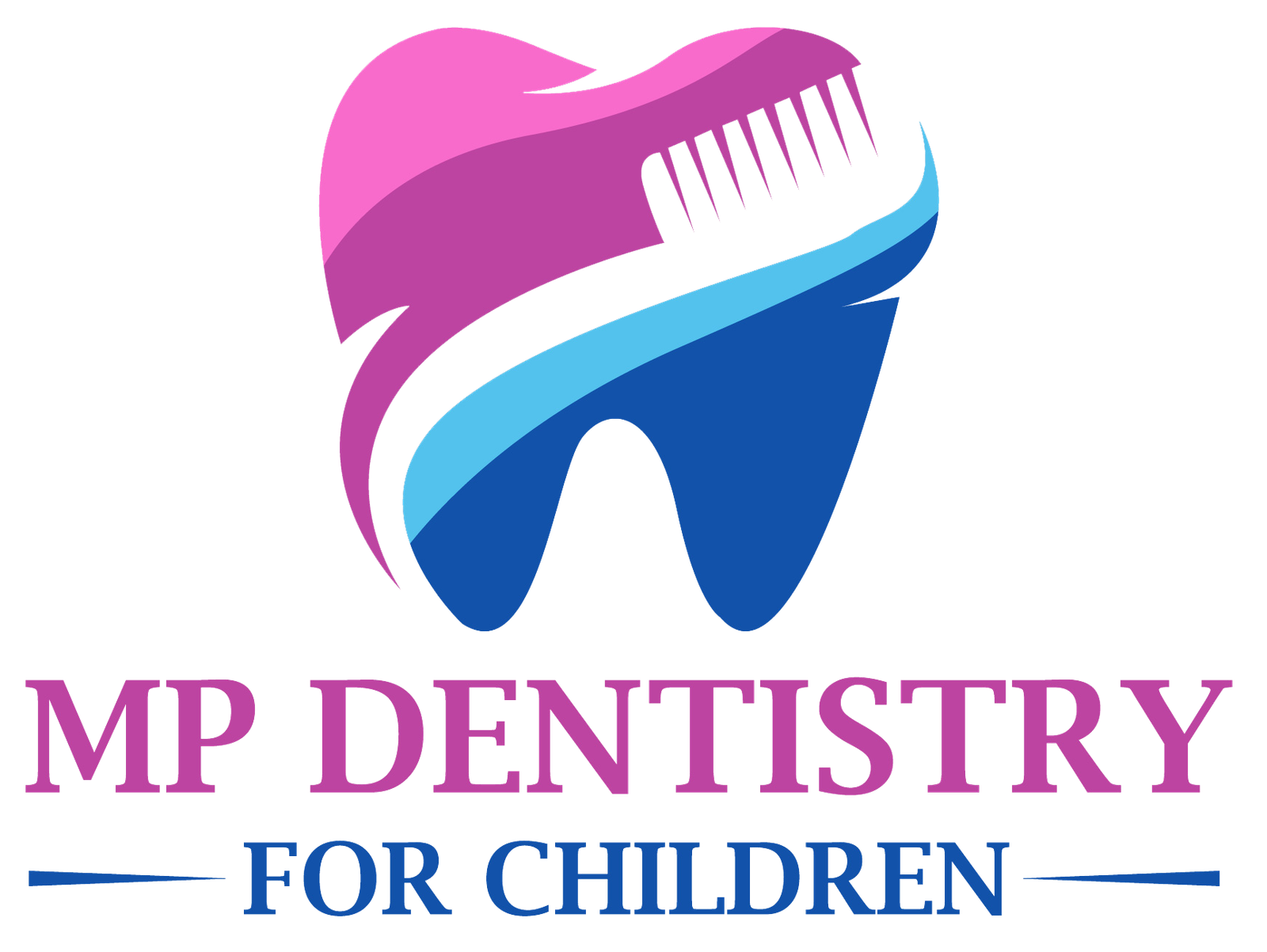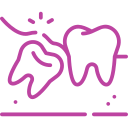WHAT IS ORTHODONTIC CARE?
Early Intervention Is Key!
Receiving an early diagnosis can actually help improve the overall result, and help us avoid the need to remove teeth, and, in some cases, reduce the total amount of time your child needs to receive orthodontic care.
Find the ideal treatment for your smile!
Discover the perfect treatment for your smile! Achieve brighter, healthier teeth with personalized dental care and advanced solutions.

Children
ORTHODONTICS FOR CHILDREN
Orthodontics for Adolescents
There are many advantages to orthodontic treatment; improving the esthetics of the smile, the occlusion (bite), and the ease of maintenance, all of which help in maintaining the health of the teeth and gums. By correcting bite problems excessive wear of the teeth can be avoided, chewing and speaking may be improved, and problems with the jaw joint may be resolved.
The preventive effects of orthodontic treatment can lead to great savings in future dental work. The most obvious reason most teens pursue orthodontic treatment is aesthetics. An unattractive smile has been shown to decrease self-esteem leading to more stressful teenage years, which may affect a person for the rest of their lives.
OUR PARTNERS








